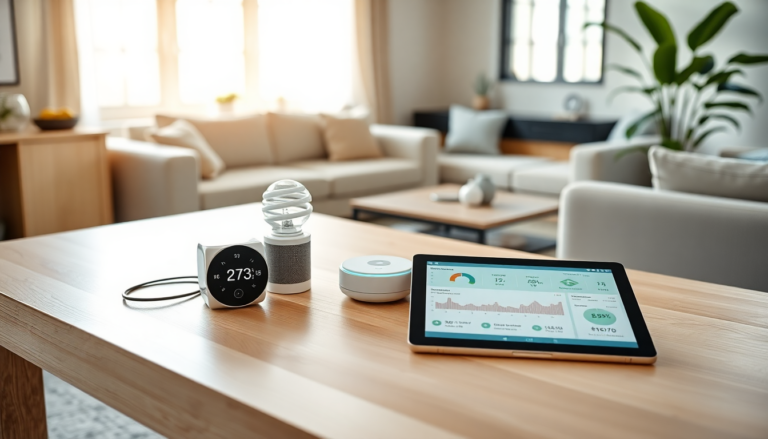Argomenti trattati
The smart home technology sector is currently navigating a tricky landscape, notably marked by rising prices. With tariffs imposed by the previous administration having a significant impact on costs, it’s no surprise that companies are feeling the pinch. Recently, Signify, the parent company of Philips Hue, announced that starting July 1, 2025, prices for their smart bulbs will see an increase. But what does this mean for the average consumer? Is it time to rethink your smart home investments?
Rising Costs in the Smart Home Market
Signify’s choice to raise prices is a direct reaction to tariffs affecting the importation of essential components and products. While the specifics of the price hike for Philips Hue products haven’t been fully disclosed, the company has hinted at a potential for more adjustments if new tariffs come into play. This uncertainty certainly complicates matters for consumers looking to enhance their homes with cutting-edge technology.
Philips Hue products are already among the pricier options on the market. For instance, a single Hue White and Color Ambience bulb retails for about $64.99, which is quite a leap compared to competitors like Wyze, where a two-pack of color bulbs is priced around $26.26. The premium cost of Philips Hue products is often justified by their extensive features and seamless integration within a sophisticated smart lighting ecosystem. However, with prices on the rise, it might be time for consumers to reassess their purchasing strategies.
Recent Price Trends and Brand Responses
The ripple effects of tariffs extend beyond just Philips Hue; other smart home brands are also adjusting their pricing. For example, Yale has recently raised the price of its Smart Lock with Matter integration by $20 due to tariff implications. Wyze has also signaled potential price hikes of its own after facing substantial tariff costs on recent shipments.
Moreover, consider the new Hue smart button, which has undergone a redesign and is now priced at $32.99, up from the original $20—reflecting a hefty 65% increase. While not all Hue products may face such drastic hikes, the current trend indicates that consumers should brace themselves for higher prices across the board if tariffs persist.
Strategies for Consumers
If you’re eyeing smart home technology, timing could be everything. With price increases looming, it might be wise to snag Hue bulbs and other devices sooner rather than later. Think about bundling your purchases or holding out for promotional events like Prime Day to save some cash. While higher prices might give some buyers pause, it’s crucial to weigh the long-term value of investing in reliable and feature-rich smart home products.
As the market shifts, staying informed about pricing trends and understanding the implications of tariffs will be essential for consumers eager to upgrade their homes with smart tech. The smart home landscape is evolving, and being proactive can help you navigate the rising costs effectively.
Looking Ahead: The Future of Smart Home Pricing
As we approach mid-2025, the smart home market will likely continue to feel the effects of fluctuating tariffs. The situation remains fluid, and while some products might see substantial price increases, others could stabilize or even decrease, depending on a variety of economic factors. For both buyers and investors, keeping a close eye on market trends and being ready to adapt will be crucial in this increasingly complex landscape. So, are you prepared to make your next smart home investment?

